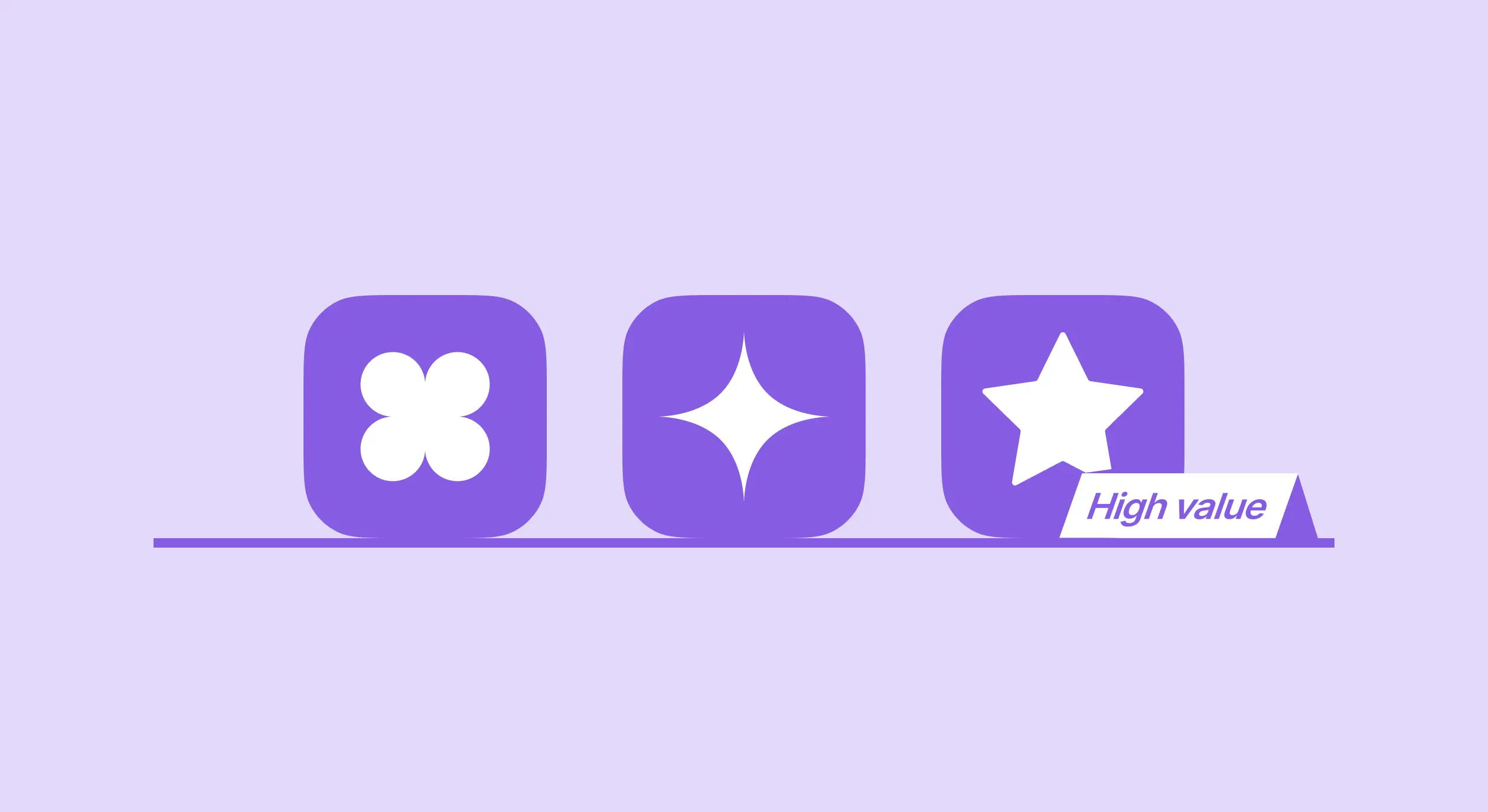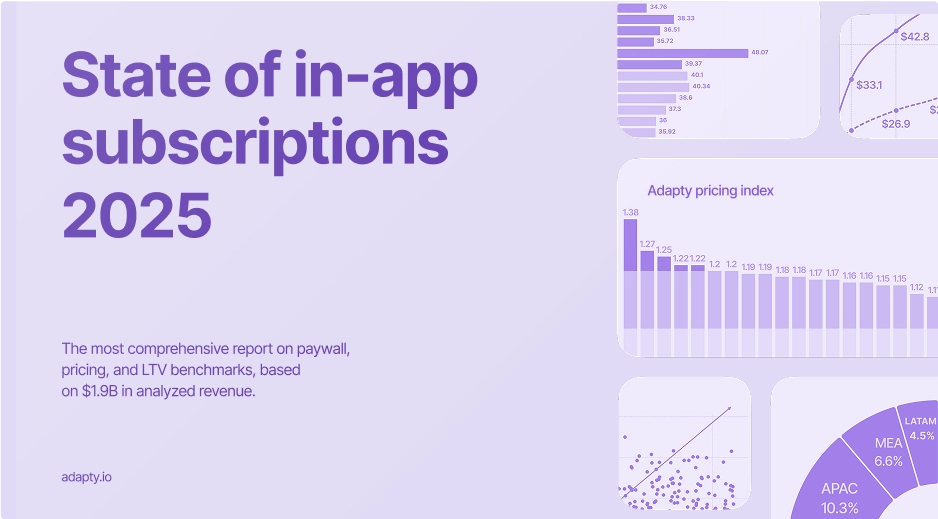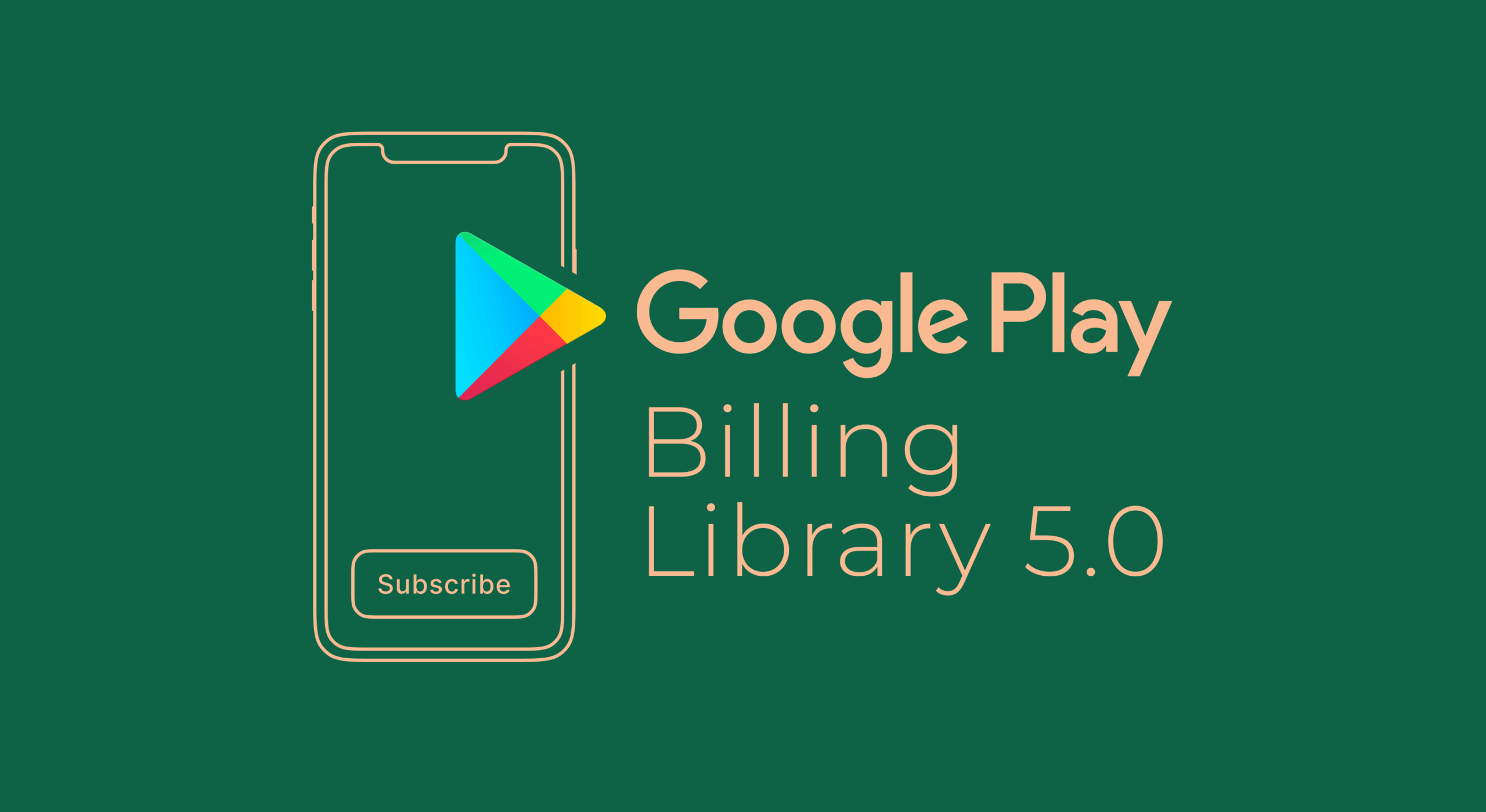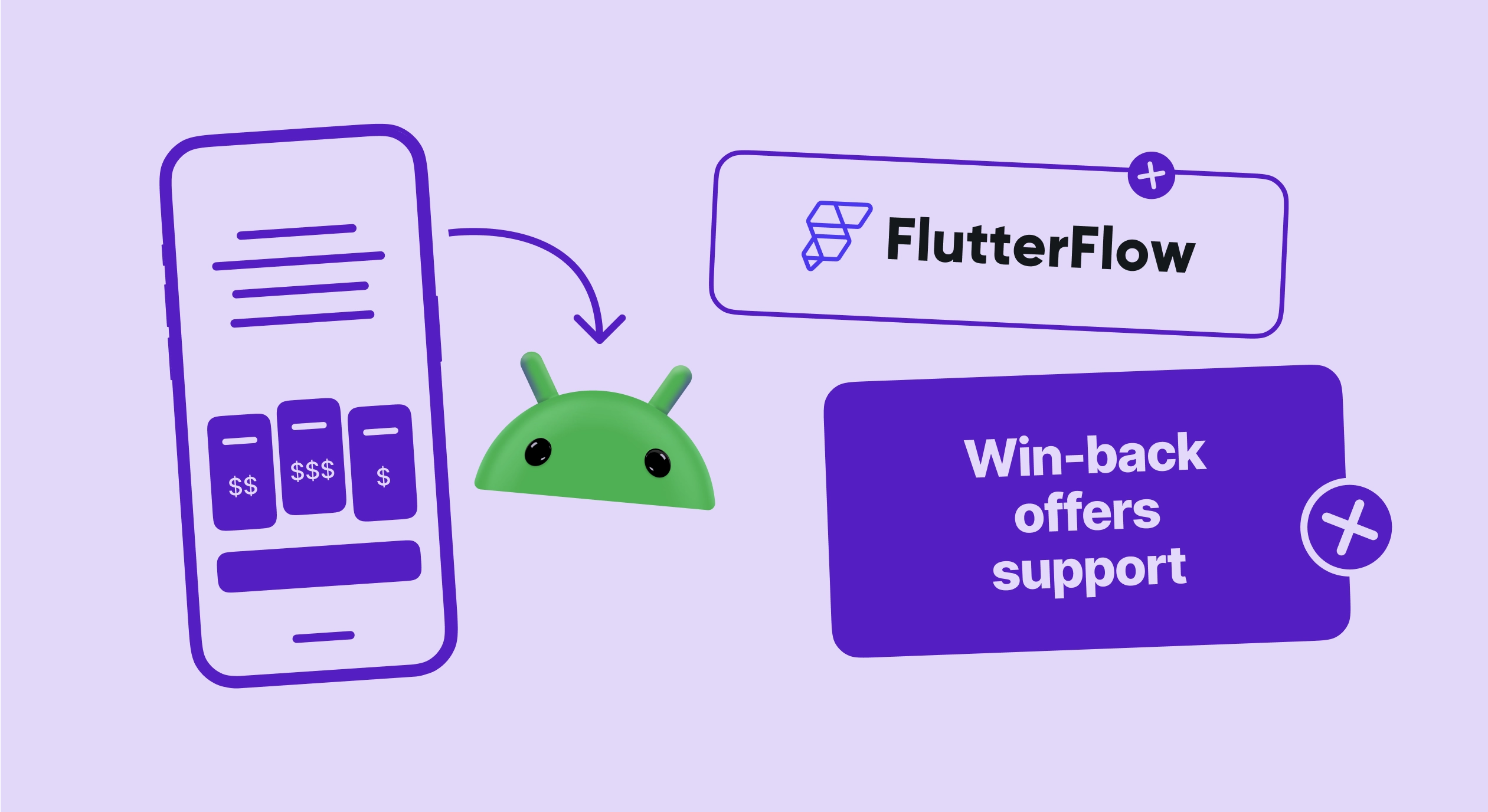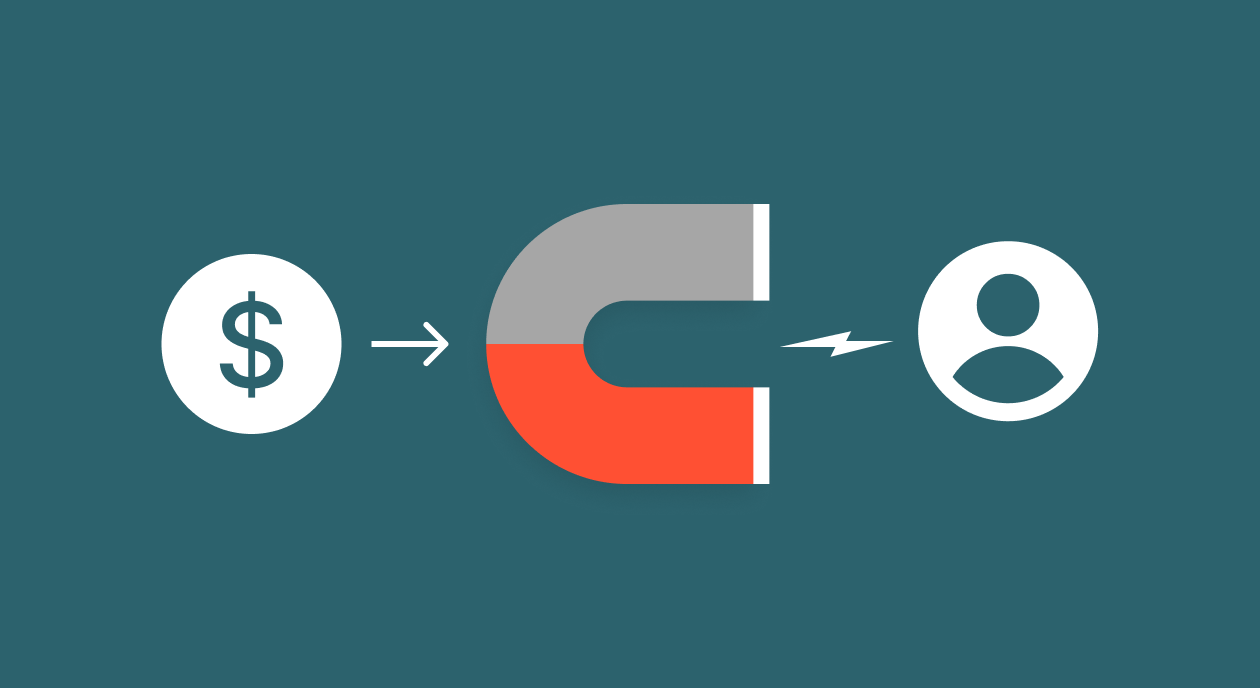To sell an app to buyers, you need to speak the buyer’s language. And speaking their language is not easy.
When you’re selling your app, you’re looking at it as your baby — that project where you allocated so many hours, went back and forth with ideas, and asked for support from different friends to make it happen.
But buyers don’t see it the same way — buyers are investors. And they see your app as a simple asset composed of lines of code and a marketing engine.
My firm’s role is to find a common ground where both parties can get what they want.
In this article, I elaborate more on the questions every developer aiming for an exit has:
- What platforms should you develop for
- How distribution channels can boost your app valuation
- And how to calculate the value of your app (a template provided)
This article is for you, the builders who are ready for an exit.
What platforms should you develop apps in?
iOS is definitely trendy in the #buildinpublic and developer community in general. But in reality, there’s a demand for an Android market that is underserved, too.
Web is also relevant when it comes to web-to-app funnels and app-to-web funnels (higher subscriber retention, lower platform fees), and also to support retaining your users by providing a broader experience with different functionalities and features.
Something I’m currently seeing in the market that doesn’t appeal to buyers is apps that are solely live on iOS with a single distribution channel, for example, TikTok influencer marketing.
Why?
The entire business relies heavily on two platforms, which are not under the buyers’ control: Apple can make any changes, TikTok algorithm can change too, and if any of that happens, your business is screwed.
It’s fine if iOS is the primary source of revenue for your app, but you will have a stronger case if you distribute and convert through other platforms too.
This also broadens your potential buyer spectrum, since you will cover the ones that favor iOS, the ones that favor Android, and the ones who prefer both.
Do you need AI in your app to boost its valuation?
AI tech ≠ AI wrappers:
- AI tech is shaping the future.
- AI wrappers are jumping on the hype wave of AI, but as it was with the WWW and with Web3, only the best ones will thrive.
As a developer who wants to exit, you need to consider if your business will be valuable five years from now, when the AI hype subsides. Don’t build your entire business around AI. Build it around real problems that won’t lose relevance over time.
Most buyers want to see AI involved in your offering, either in processes, tech, product, or distribution. But AI as a moat happens only when you have advanced technology that is harder to replicate.
An interesting highlight from a SensorTower report presents the following: IAP revenue from AI Chatbot and AI Art Generators climbed from $30 million in 2022 to $455 million in 2023 to nearly $1.3 billion in 2024. Downloads saw a similar trajectory, approaching 1.5 billion in 2024. […] Sixteen different Generative AI apps reached at least $10 million in IAP revenue in 2024, and 25 had more than 10 million downloads.
But there’s a catch…the biggest piece of cake is going to OpenAI.
One thing that will definitely stand the test of time is code quality. When buyers show interest in your app, metrics and ARR matter, but they also need to look under the hood. If a CTO on the buyer’s side sees that your code won’t hold up under heavy user traffic, that’s a hard no.
How do distribution strategies affect an app’s valuation?
Buyers know paid ads. They scaled their own companies or saw their employment companies scale by increasing spend on Meta and Google.
But they lack and don’t know how to set up a successful influencer growth engine: they are not Gen Z, and they are not scrolling on TikTok, so it’s an unnatural and hard-to-crack traffic source. This makes apps with this influencer engine already built an interesting asset for them to look at, since these apps:
- Include a new user acquisition source in their growth stack
- Benefit from the winning creative messages and assets to scale paid UA in an efficient and profitable way
- Potentially lower the CPIs across their entire portfolio — I’ve seen clients pay $0.15–$0.20 per install on TikTok or Instagram. By comparison, U.S. paid channels often cost $2–$5 per install.
Tip for devs: try to translate your growth efforts into CPI and CAC — this will facilitate buyers to compare apples to apples and move forward faster.
If you’re growing through influencer marketing, use a dashboard or third-party tool to log creators, impressions, installs, payouts, and conversion rates. Influencer growth should look for them as easy to understand and plug into their stack as a Meta Business dashboard.
Another thing they LOVE is organic traffic from the stores: if you’re highly ranked for relevant keywords and get thousands of installs every month courtesy of Apple and Google, they will love it even if you’re not monetizing them very well.
This is not all for organic growth!
Think also of referrals of any type (discounts, Instagram stories sharing, friends challenges) and niche partnerships with cool brands.
And always think like a buyer! They invest for the next three to five years. Viral trends might not be as sexy, but organic tactics with real engagement and clear metrics will thrive.
How to get a valuation for your app?
We created this template for you to fill out and get a potential valuation. Just copy the spreadsheet to your Google Drive and add your data.
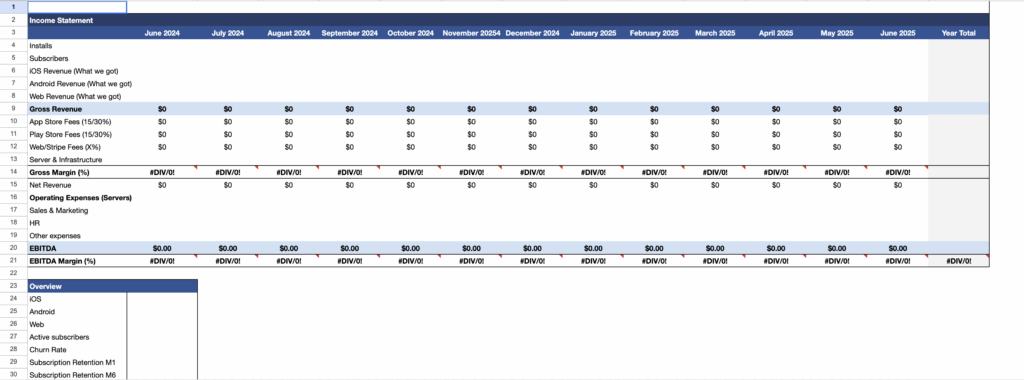
First, you need to create a P&L for the last 12 months of the business, including a monthly breakdown of:
- The monetization strategy (subscriptions, IAP)
- The number of subscribers/users per platform (iOS vs Android vs Web)
- Monthly revenue
- All expenses, including third-party tools, employees/freelancers, marketing spending, and other costs
Then, once the P&L is ready, you will have your total annual EBITDA.
App businesses are — in most cases — valued based on either the amount of profit or the number of users. In the case that you’re selling based on profit, standard multipliers are 1-7x on annual profit.
Where you fall in the range will depend on your profit margins, maintenance needed, competitor landscape, MoM growth, among others.
FAQ
What platforms should my app be on to interest serious buyers?
Buyers like diversity. You can start on iOS, but Android is underserved and web still matters. That gives you growth funnels, better subscriber retention, and lower fees. Do not rely only on iOS and TikTok influencer marketing – Apple or TikTok can change rules suddenly, and then your business is in trouble.
Do I need AI in my app to raise value?
Most buyers expect some AI. But AI wrappers are just hype. Only deeper AI tech that solves real problems and is hard to copy creates lasting value. Focus on real needs, not trends, so it still matters when AI buzz ends. And code quality is always more important than fancy features.
How do distribution methods boost valuation?
Buyers know paid ads but most do not know influencer marketing. If you already have a working TikTok or Instagram creator-based engine, that is rare and valuable. Track installations, impressions, creators, costs (CPI, CAC) clearly. Organic store traffic, referrals and niche partnerships also score big. Buyers love predictable metrics over viral flukes.
How to calculate my app’s valuation?
First, make a P&L for last 12 months: revenue by platform (iOS, Android, web), number of users or subscribers, monthly revenue, all expenses. Compute EBITDA. Then multiply profit by 1 to 7 depending on your margins, growth, how much upkeep it needs, and how crowded the market is.
How to show influencer growth in a format buyers understand?
Use a dashboard or third‑party tool to log creators, impressions, installs, costs, payouts, conversion rates. Present it like a Meta Business dashboard. Then buyers can plug it easily into their stack.

